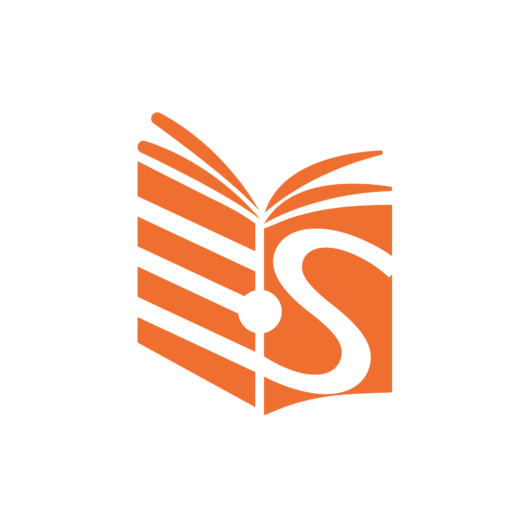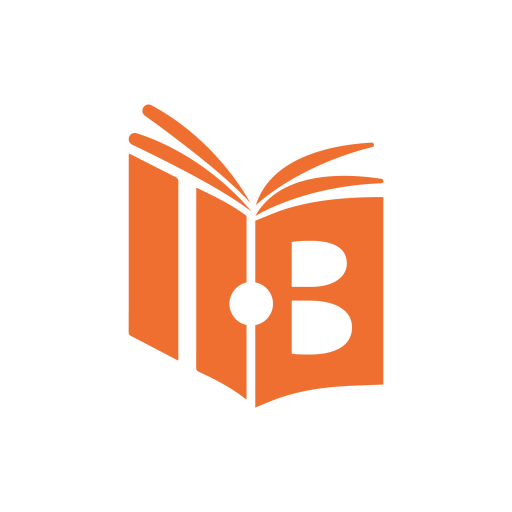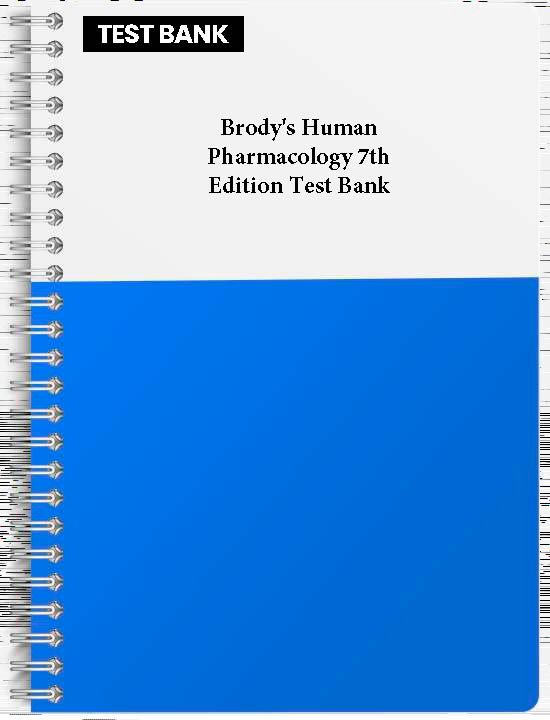Description
Rang & Dale’s Pharmacology 10th Edition Test Bank provides an extensive range of questions designed to support students and instructors in mastering key pharmacological concepts covered in the textbook. This test bank emphasizes drug mechanisms, therapeutic applications, and adverse effects, aligned with the foundational knowledge required for understanding pharmacology.
Key Features of the Test Bank:
- Comprehensive Coverage: Questions are available for all textbook chapters, ensuring that all key topics are reviewed, from basic drug mechanisms to complex therapeutic applications.
- Clinical Application: Many questions are scenario-based, providing real-world clinical cases to test knowledge in practical settings. These questions aim to reinforce critical thinking and clinical decision-making skills.
- Diverse Question Formats: Includes multiple-choice questions, true/false, and short-answer questions, catering to different assessment needs and learning styles.
- Detailed Rationales: Each question is accompanied by explanations, highlighting why certain answers are correct or incorrect, which aids in reinforcing learning and understanding.
- Self-Assessment Tool: Designed as a self-assessment tool, it enables students to gauge their understanding and retention of complex pharmacological concepts.
1. What is pharmacology?
2. How drugs act: general principles
3. How drugs act: molecular aspects
4. How drugs act: cellular aspects – excitation, contraction and secretion
5. How drugs act: Biopharmaceuticals and gene therapy
6. Cell proliferation, apoptosis, repair and regeneration
7. Cellular mechanisms: host defence
8. Method and measurement in pharmacology
9. Absorption and distribution of drugs
10. Drug metabolism and elimination
11. Pharmacokinetics
12. Individual variation, pharmacogenomics and personalised medicine
SECTION 2 CHEMICAL MEDIATORS
13. Chemical mediators and the autonomic nervous system
14. Cholinergic transmission
15. Noradrenergic transmission
16. 5-Hydroxytryptamine and purines
17. Local hormones: histamine, lipids, peptides and proteins
18. Cannabinoids
19. Nitric oxide and related mediators
SECTION 3 DRUGS AFFECTING MAJOR ORGAN SYSTEMS
20. The heart
21. The vascular system
22. Atherosclerosis and lipoprotein metabolism
23. Haemostasis and thrombosis
24. Haemopoietic system and treatment of anaemia
25. Anti-inflammatory and immunosuppressant drugs
26. Skin
27. Eye
28. Respiratory system
29. The kidney and urinary system
30. The gastrointestinal tract
31. The control of blood glucose and drug treatment of diabetes mellitus
32. Obesity
33. The pituitary and the adrenal cortex
34. Thyroid
35. The reproductive system
36. Bone metabolism
SECTION 4 NERVOUS SYSTEM
37. Chemical transmission and drug action in the central nervous system
38. Amino acid transmitters
39. Other transmitters and modulators
40. Neurodegenerative diseases
41. General anaesthetic agents
42. Headache
43. Analgesic drugs
44. Local anaesthetics and other drugs affecting sodium channels
45. Anxiolytic and hypnotic drugs
46. Antiepileptic drugs
47. Antipsychotic drugs
48. Antidepressant drugs
49. Psychoactive drugs
50. Drug use and addiction
SECTION 5 DRUGS USED FOR THE TREATMENT OF INFECTIONS AND CANCER
51. Basic principles of antimicrobial chemotherapy
52. Antibacterial drugs
53. Antiviral drugs
54. Antifungal drugs
55. Antiprotozoal drugs
56. Antihelminthic drugs
57. Anticancer drugs
SECTION 6 SPECIAL TOPICS
58. Harmful effects of drugs
59. Lifestyle drugs and drugs in sport
60. Drug discovery and development










Reviews
There are no reviews yet.